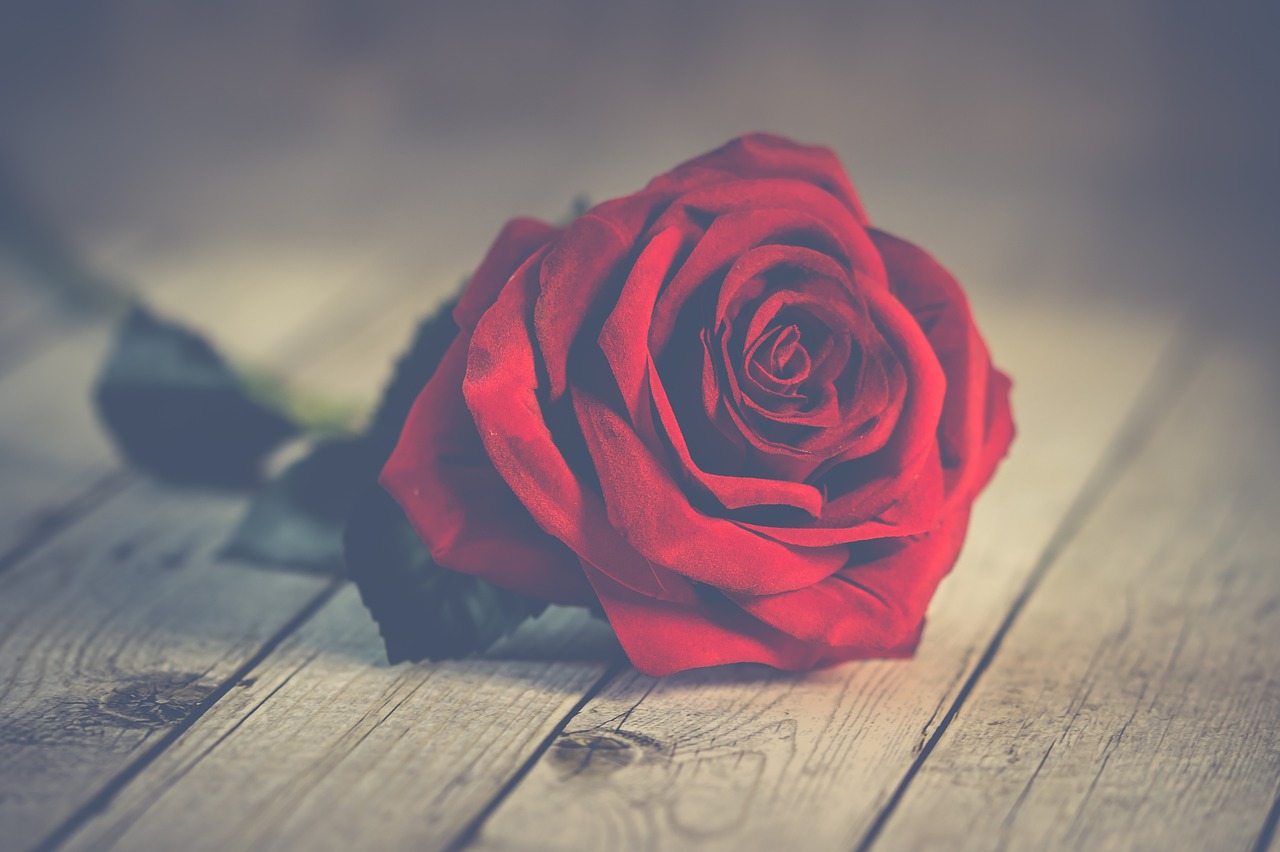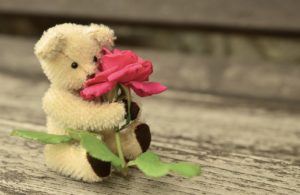The 21st century, at the height of the world’s technological development, is seeing a reverse trend towards nature. It could be that humans, themselves natural creatures, find revulsion in a life dominated by modern tools and seek a return to their own roots. It could also be that a return to nature is a concession that perhaps technology is not always the better of the two. Flowers, while a minute part of nature, play a large role in natural therapies. The study of flower therapy has shown that not only the scents, but also the colors, of our favorite blooms affect us positively. This science is known as flower therapy, and extends to categories as aromatherapy, as many of the essential oils we know and love are made from flower extracted oils. Keep in mind then, that whether you are trying to win over a beauty’s heart, or heal wounds of the heart, flowers are a great start exactly because of their aesthetics and scents, which are far more pervasive than we imagine.
Flower remedy had its beginnings in ancient civilizations, and is currently making a strong comeback. The idea behind it is the natural ability of flowers to help us feel better, ultimately helping to treat and prevent diseases. Maladies that have shown to be improved via flower therapy include depression, stress, menstrual cramps, and fatigue. Biologically, there is as yet no clear explanation of how positive effects take place, but it is thought that neurochemicals in our brains are released by the stimulation of flowers’ colors and scents, affecting negative emotions. When negative emotions like fear and anxiety are decreased, our immune systems strengthen. This theory is as difficult to prove as it is to disprove, yet a point strongly in favor of the theory is that it is a known fact that when we are emotionally feeling vulnerable and weak, our chances of falling physically ill increase. The sight and smell of flowers, especially when received as a gorgeous bouquet, help brighten moods, and the positive effect remains as long as the flowers are blooming. As common as flowers are after lovers’ fights or hospital stays, flowers never become common themselves. This is because they truly manage to inspire calmness and happiness which helps us to overcome the emotional distresses that keep us down.
The first thing we always notice about flowers is the appearance. Be it a joyously bright bouquet, or a quiet pastel one, the colors grasp our attention and our emotions. Colors are made of light-wave frequencies, and these frequencies travel down the optic nerve into the brain. There is evidence that different light-waves can cause the production of hormones in our body, which, depending on the frequency, can calm, stimulate, or improve our moods. This being the case, choosing your flower colors carefully can directly influence the emotions of the receiver. Red, for instance, is known to spur adrenaline, which raises energy levels. Perhaps the notion of the red rose leading to passion is more than just flower language – the sight of the red rose may very well lead to feelings of passion. Yellow, which we associate with day and sunlight, helps us feel optimistic. Yellow flowers, such as sunflowers, are wonderful gifts for hospital visits. Blue stirs melatonin production, which yields relaxation and desire for sleep. If you need to calm an angry lover down, bluebells are a safe bet! Violet stimulates the pituitary gland, which decreases stress. Giving lilacs to your favorite actress before her grand debut may very well calm her nerves, but not her feelings her you. Color is a constant factor in our lives – a house is not a home until the walls are painted the right colors; we feel extra confident when the color of our outfit complements our beauty. In the same vein, a bouquet’s colors are powerful enough to change emotions.
The sense of smell may not catch sight of a bouquet as quickly as our eyes, but may very well have a stronger influence over our emotions. The part of our brain interpreting emotions is the same part which interprets the olfactory sense. Scents and mood are closely tied; a smell often brings back memories, which inevitably bring up feelings – good or bad, depending on the association. Thanks to the delightful smell of flowers, they more often than not overflow us with positive emotions and memories. The scents of flowers are widely used in aromatherapy, and can have both physical and emotional effects. Jasmine is known to influence both body and mind; women impatient to go into labor smell jasmine, as it may be linked to causing contractions, and if a new mom gets the baby blues, the scent of jasmine is thought to help deal with depression. Lavender helps to relax and calm, and perhaps next door to the laboring woman smelling jasmine to speed up her contractions, there will be a woman smelling lavender to soothe her strong contractions. Geraniums, whose scent is hated by insects (thus great for those mosquito-infested summer nights), provide anxiety relief to humans (perhaps by getting rid of pests?). The delicate and beloved scent of roses helps ward off depression and restores energy.
As two are stronger than one, combining color and scent in a bouquet for therapeutic effect makes the gift of flowers very strong. Not only the thrill of receiving flowers is felt, but also the more subtle emotional effects caused by the colors and scents of the flowers. Of all the gifts we choose to give, it cannot be denied that flowers are the most emotional: we give them for momentous occasions in life, and it is not by chance. Flowers happily play with our emotions, changing them for the better. We are affected physically and emotionally by the sight and smell of flowers. When appropriate words just won’t fall from our lips, either in wonderful or terrible situations, flowers will more than do the job for us, and speak volumes through their appearance and perfume, perhaps making a stronger impression than any words could make.






